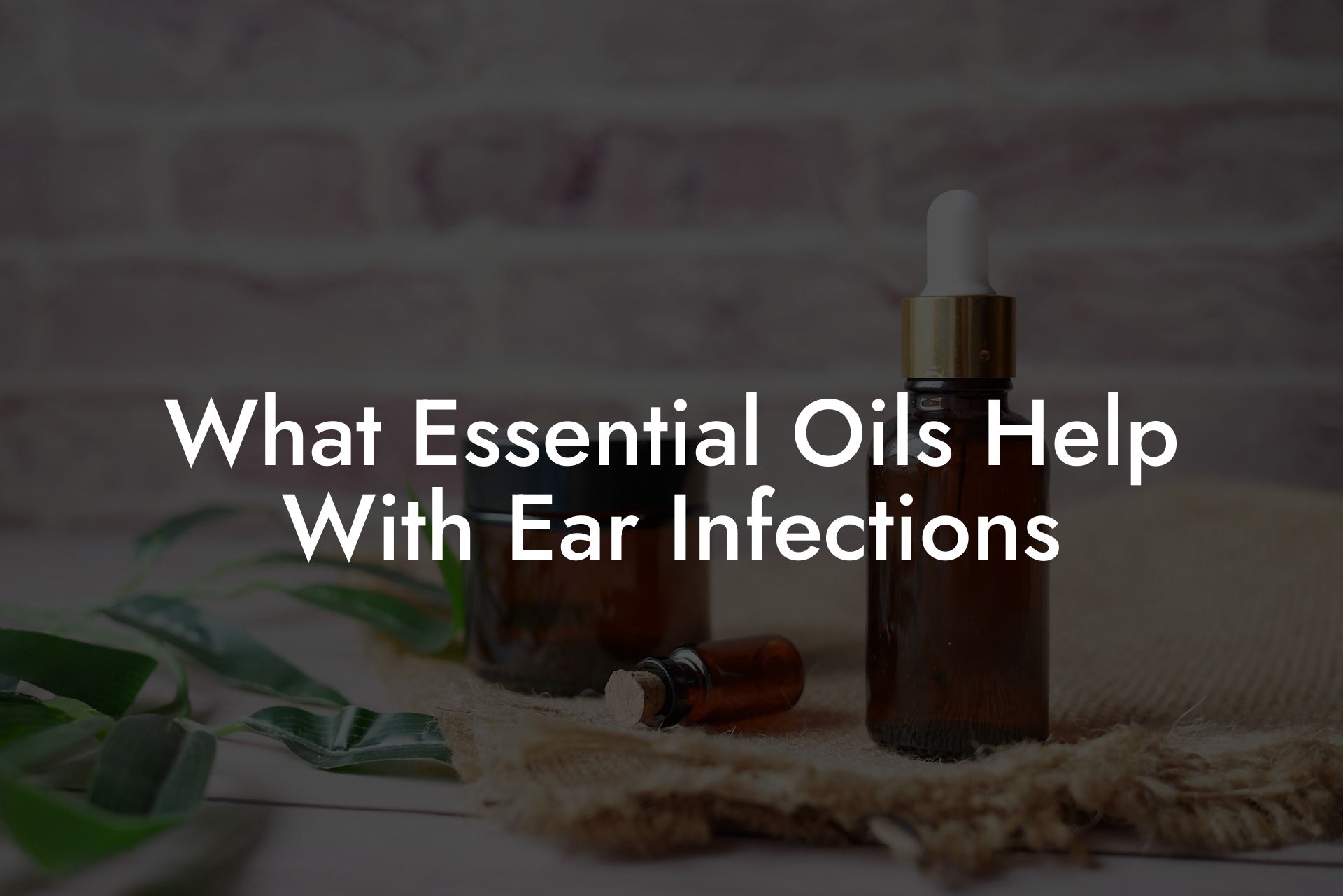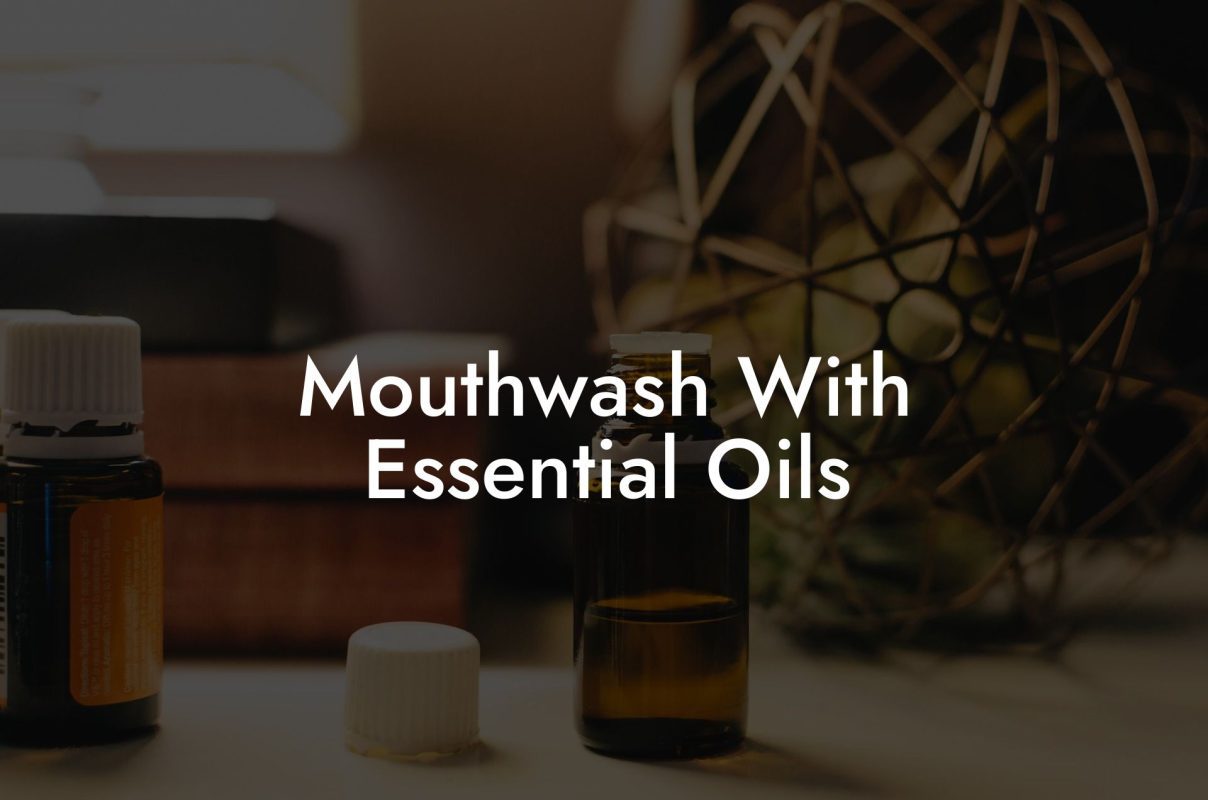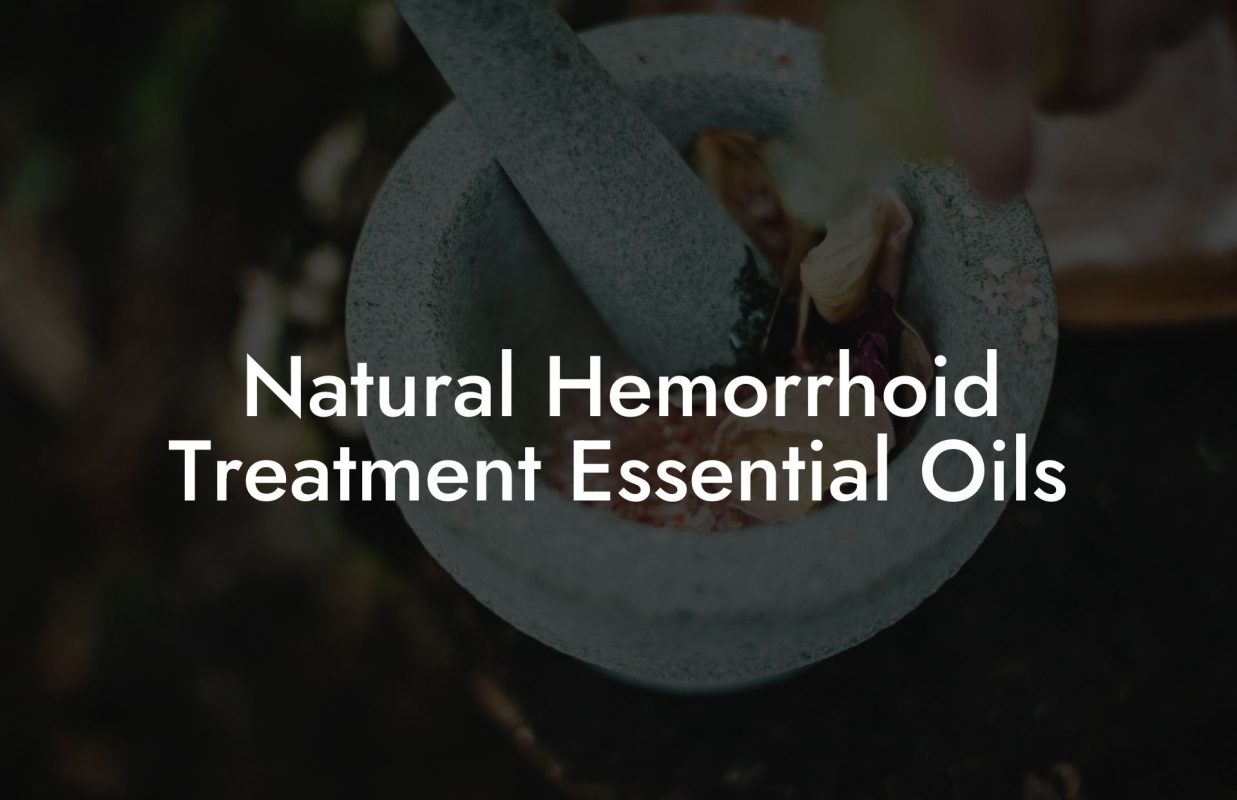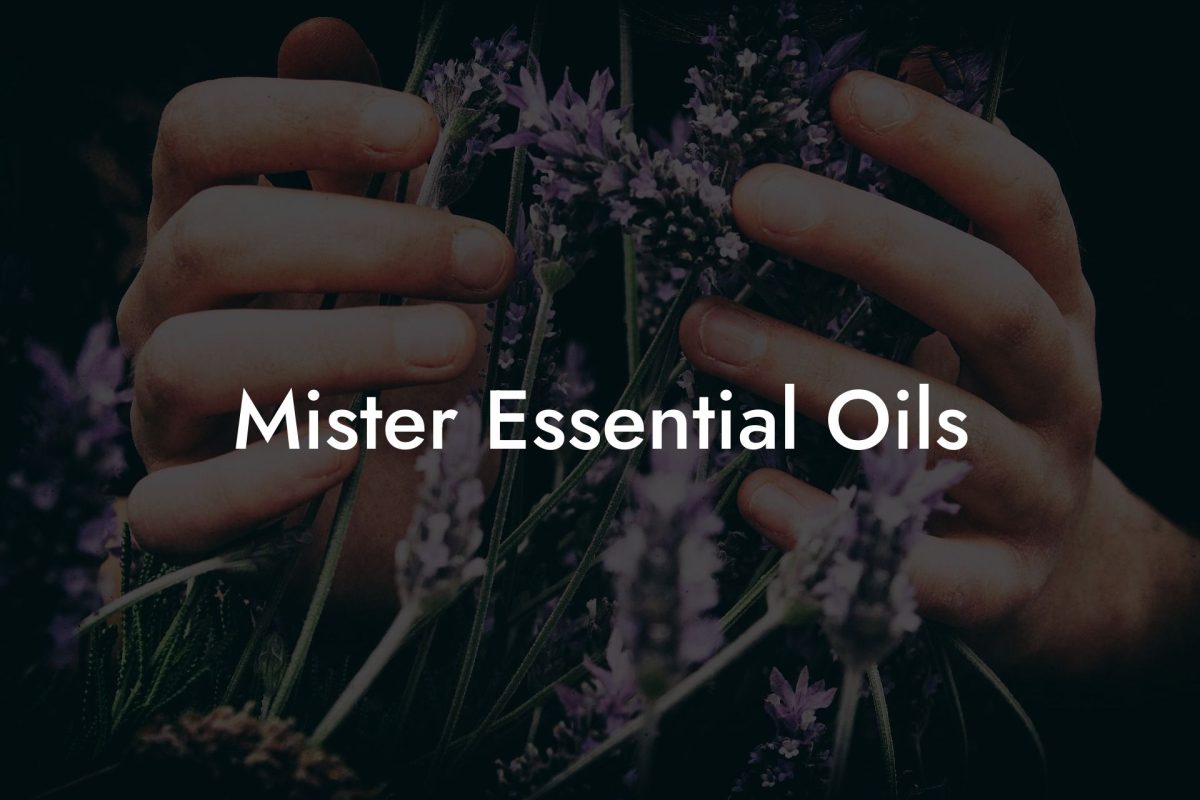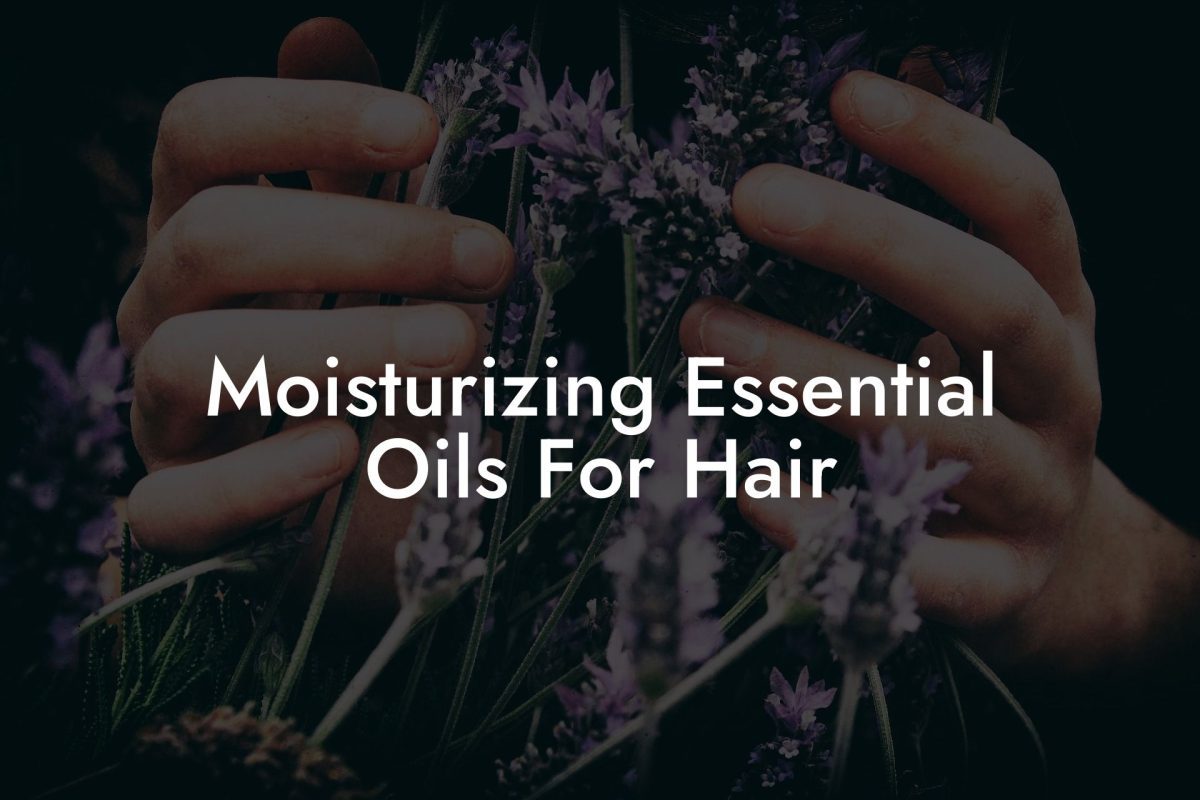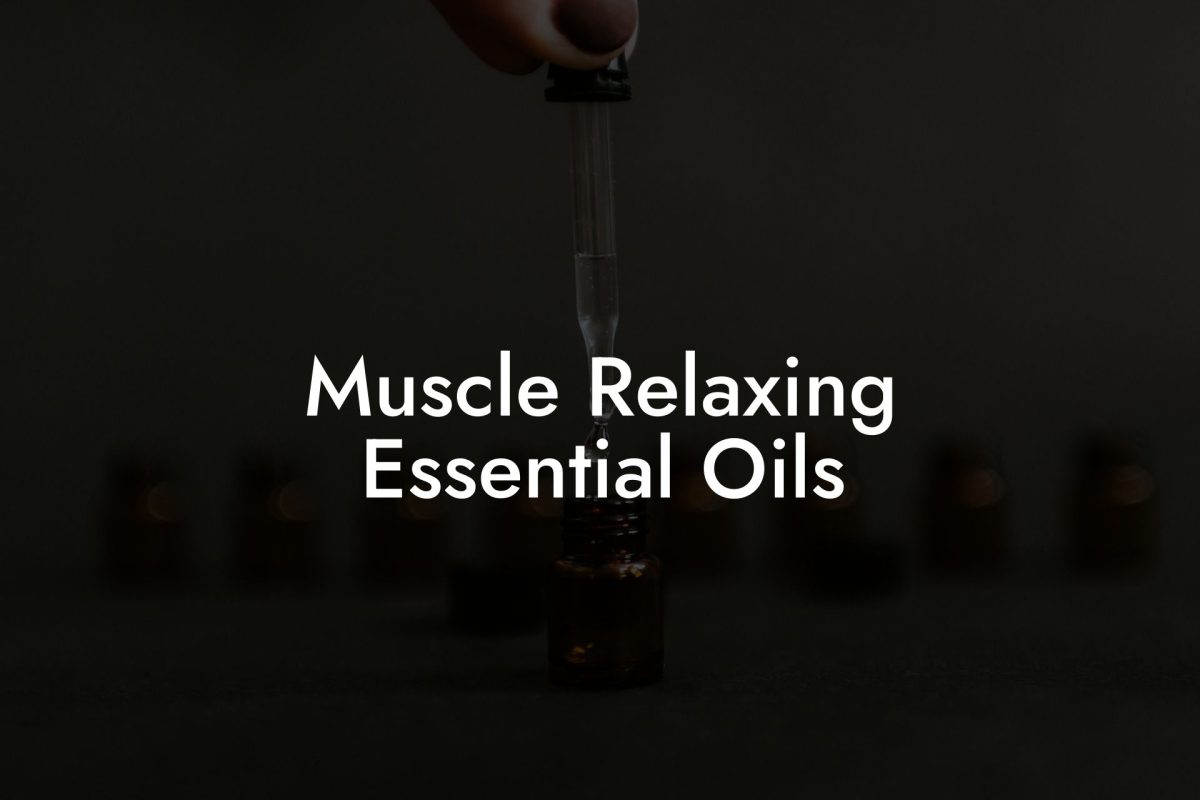Ear infections can be painful, uncomfortable, and, at times, quite stubborn. But did you know that essential oils can be a natural way to relieve and even prevent ear infections? In this article, we’ll dive into the benefits of essential oils for treating ear infections and how you can effectively use them for relief.
Table of Contents
- The Connection Between Essential Oils and Ear Infections
- Why Choose Essential Oils?
- Tea Tree Oil
- Lavender Oil
- Garlic Oil
- Peppermint Oil
- Chamomile Oil
- Step 1: Dilute the Essential Oil
- Step 2: Apply the Oil Mixture
- Step 3: Repeat as Needed
- Best Essential Oils for Ear Infections
- How to Use Essential Oils for Ear Infections
The Connection Between Essential Oils and Ear Infections
Essential oils have been used in traditional medicine for centuries due to their powerful therapeutic properties. They are natural, concentrated extracts derived from plants that can have antimicrobial, anti-inflammatory, and analgesic effects when used correctly. These properties make them particularly effective in treating and preventing ear infections, which are often caused by bacteria, viruses, or fungus.
Why Choose Essential Oils?
- Natural and safe alternative to synthetic medications
- No known side effects when used correctly
- Can provide immediate relief for pain and irritation associated with ear infections
- Can help prevent future infections by boosting the immune system and promoting overall wellness
Best Essential Oils for Ear Infections
While many essential oils have benefits that may aid in treating ear infections, there are a few that stand out for their effectiveness. These include:
Tea Tree Oil
Tea tree oil is known for its powerful antibacterial, antifungal, and antiviral properties. It’s an ideal choice for treating ear infections caused by bacteria or fungus.
Lavender Oil
Lavender oil is known for its natural pain-relieving and calming properties, making it perfect for providing relief from painful and inflamed ears. Its antimicrobial properties also help fight infections.
Garlic Oil
Garlic oil is a potent antimicrobial agent that has been used for centuries to treat a variety of ailments, including ear infections. Its natural analgesic properties can also help alleviate pain.
Peppermint Oil
Peppermint oil is a natural decongestant and can help open up the Eustachian tubes, allowing for proper drainage. Its cooling and soothing effects can also provide relief from pain and inflammation.
Chamomile Oil
Chamomile oil is known for its anti-inflammatory and calming effects, which are ideal for reducing swelling and discomfort associated with ear infections. It also has antibacterial properties that help fight infection.
How to Use Essential Oils for Ear Infections
Essential oils should always be used safely and responsibly. It’s important to note that essential oils should never be poured directly into the ear canal. Instead, they should be diluted and applied topically around the ear, where they can be absorbed and provide relief. Follow these steps for using essential oils for ear infections:
Step 1: Dilute the Essential Oil
Always dilute essential oils with a carrier oil, such as coconut or almond oil, to avoid any potential irritation. Aim for a 2-3% dilution, which means using 4-6 drops of essential oil per ounce of carrier oil.
Step 2: Apply the Oil Mixture
Massage the diluted essential oil around the outer ear, along the jawline, and down the side of the neck. Avoid putting the oil directly into the ear canal.
Step 3: Repeat as Needed
Apply the essential oil mixture 3 times per day to help alleviate pain and soothe inflammation. Continue this routine until the infection subsides or you see a healthcare professional.
What Essential Oils Help With Ear Infections Example:
Let’s say you’re suffering from a painful ear infection and would like to try using tea tree oil and lavender oil for relief. Here’s how you can use these essential oils effectively:
Dilute 2 drops of tea tree oil and 2 drops of lavender oil in 1 ounce of coconut oil. Gently massage the mixture around the outer ear, jawline, and neck area, ensuring that you avoid putting any directly into the ear canal. Repeat this process 3 times per day until the infection improves.
Now that you’re armed with knowledge about how essential oils can help with ear infections, you’re one step closer to finding relief from the pain and discomfort they can cause. Essential oils are a natural, safe, and effective option for many who suffer from these common infections. Feel free to explore our other guides on Oshu Oils for more information about essential oils and their various benefits. And don’t forget to check out our range of Oshu Oils essential oils to find the perfect ones for you and your needs. Spread the word by sharing this article with others who may be struggling with ear infections, and together we can make earaches a thing of the past!

